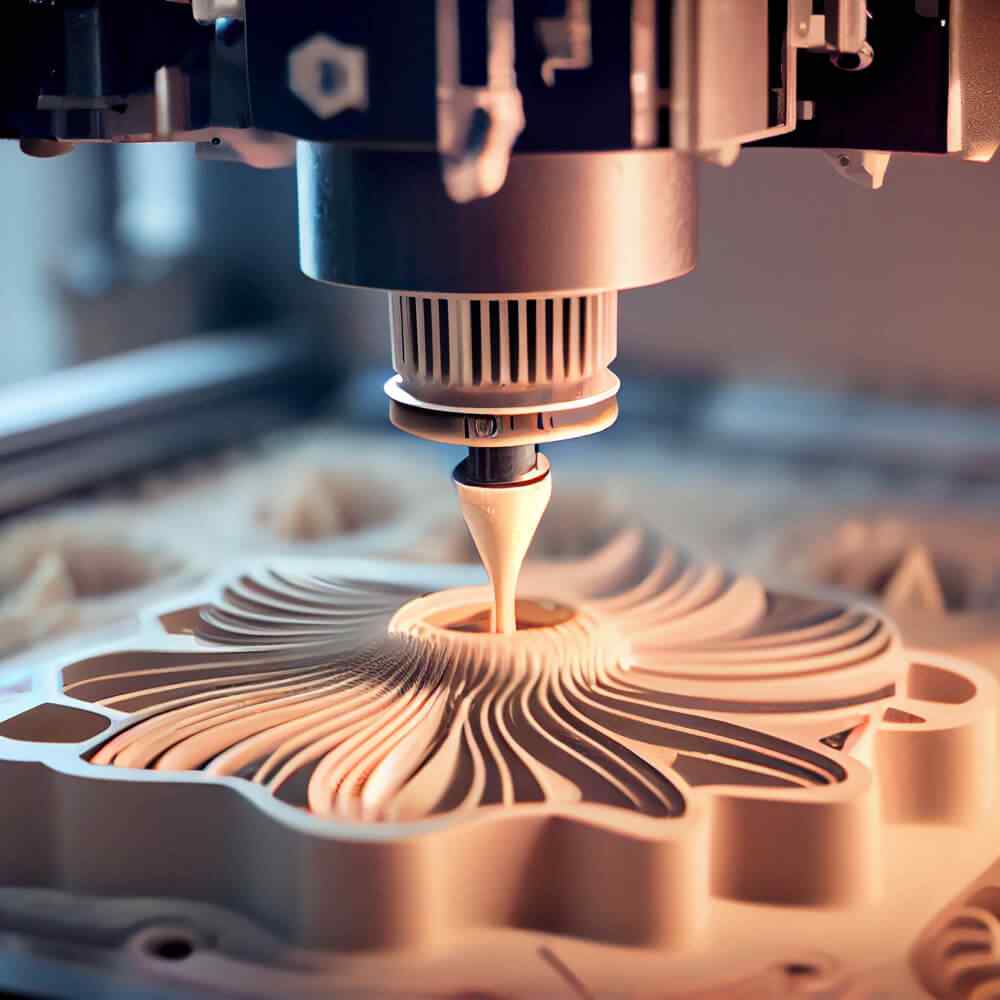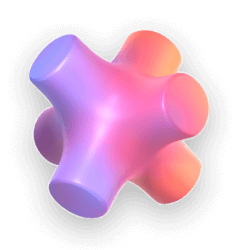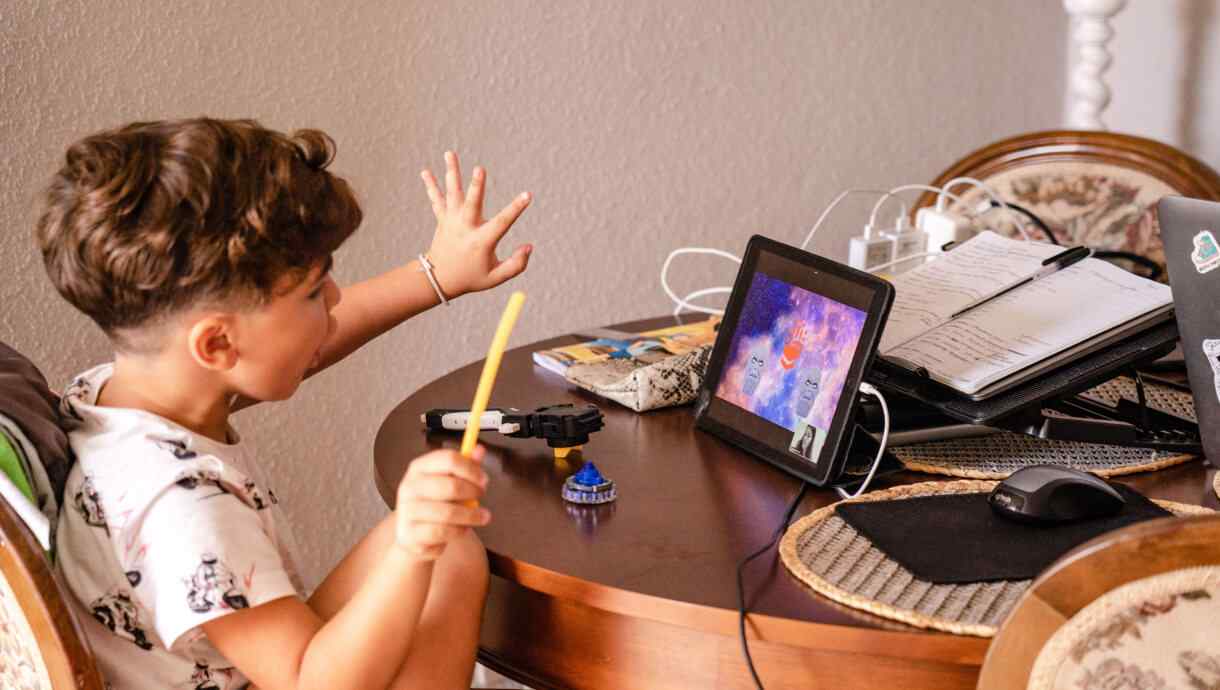Understanding the Customer Journey in Car Buying

In today's highly competitive automotive market, understanding the customer journey in car buying is crucial for tailoring effective marketing and sales strategies. The car buying process is complex and involves multiple stages from initial awareness to post-purchase follow-up. By examining each stage of this journey, dealerships can optimize touchpoints to enhance customer experience and improve conversion rates.

The Stages of the Car Buying Customer Journey1. Awareness Stage
The customer journey begins with the awareness stage. Potential buyers become aware of their need or desire for a new vehicle. This could be triggered by various factors such as lifestyle changes, vehicle aging, or attractive advertising. During this stage, the role of the dealership is to increase brand visibility through targeted advertising, engaging content on social media, and strong SEO practices.

3. Decision-Making Stage
In the decision-making stage, customers are ready to engage more directly with dealerships. They might visit multiple dealerships, take test drives, and discuss financing options. Key strategies during this stage include:
5. Post-Purchase Stage
After the purchase, the focus shifts to retaining the customer for future business and referrals. This includes:









